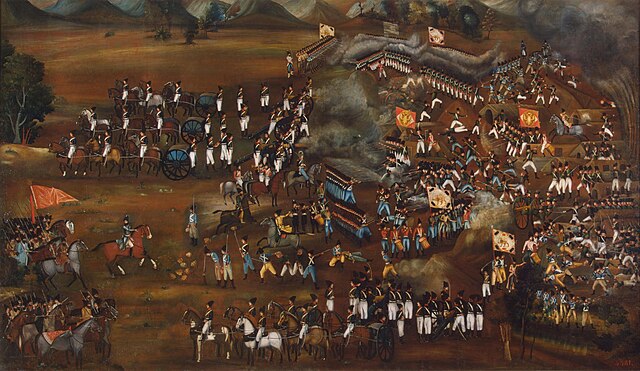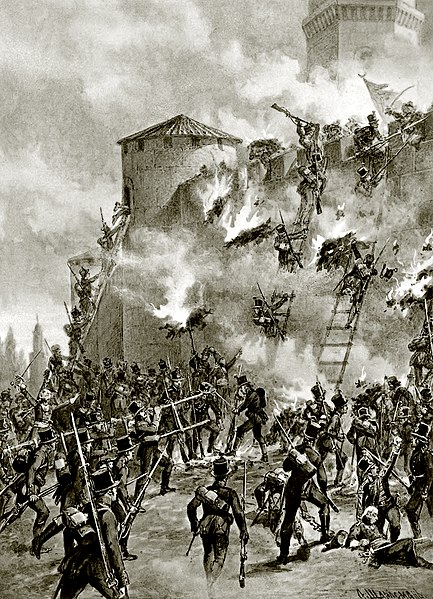1921 Persian coup d'état, known in Iran as 3 Esfand 1299 coup d'état, refers to several major events in Qajar Persia in 1921, which eventually led to the deposition of the Qajar dynasty and the establishment of the Pahlavi Empire as the ruling house of the country in 1925.
Reza Shah
Qajar Iran, also referred to as Qajar Persia, the Qajar Empire, Sublime State of Persia, officially the Sublime State of Iran and also known as the Guarded Domains of Iran, was an Iranian state ruled by the Qajar dynasty, which was of Turkic origin, specifically from the Qajar tribe, from 1789 to 1925. The Qajar family took full control of Iran in 1794, deposing Lotf 'Ali Khan, the last Shah of the Zand dynasty, and re-asserted Iranian sovereignty over large parts of the Caucasus. In 1796, Agha Mohammad Khan Qajar seized Mashhad with ease, putting an end to the Afsharid dynasty. He was formally crowned as Shah after his punitive campaign against Iran's Georgian subjects.
Battle of Sultanabad, 13 February 1812. State Hermitage Museum.
Storming of Lankaran, 13 January 1813. Franz Roubaud.
Battle of Ganja, 1826. Franz Roubaud. Part of the collection of the Museum for History, Baku.
A. Sharlmann "Battle of Ganja" during the Russo-Persian War (1804–1813)





